Biological staining VS bacteria, biotechnology + textile materials, only you can't think of it,
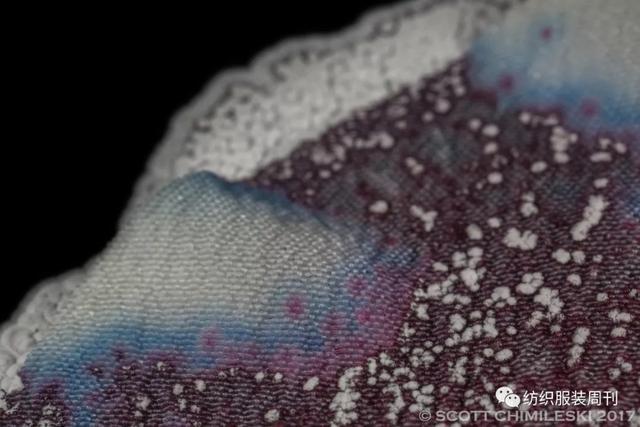
Have you ever wondered how many creatures in nature can dye clothing as natural dyes? Aztecs and Mayans extracted dark red dyes from cacti and insects, and Mediterranean residents extracted royal purple from snails. Before using a large amount of chemical materials to print and dye fabrics, people in ancient times have discovered and practiced biological dyeing materials from plants and animals. It has a long history of making dyes with lichens and mushrooms. In the modern era, many fashion workers who are at the forefront are exploring the most biologically diverse living organisms of “bacteria†for fabric dyeing.
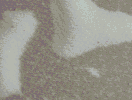
In the entire industrial chain of the textile industry, most of the ecological pollution occurs in the finishing and dyeing stages. The materials and chemicals used in the modern manufacturing and processing of fossil fuels are oil-based; coupled with the appetite that people can't satisfy for fast fashion, it leads to the global processing and burying of batches of textiles every year. Waste, which is difficult to recycle.

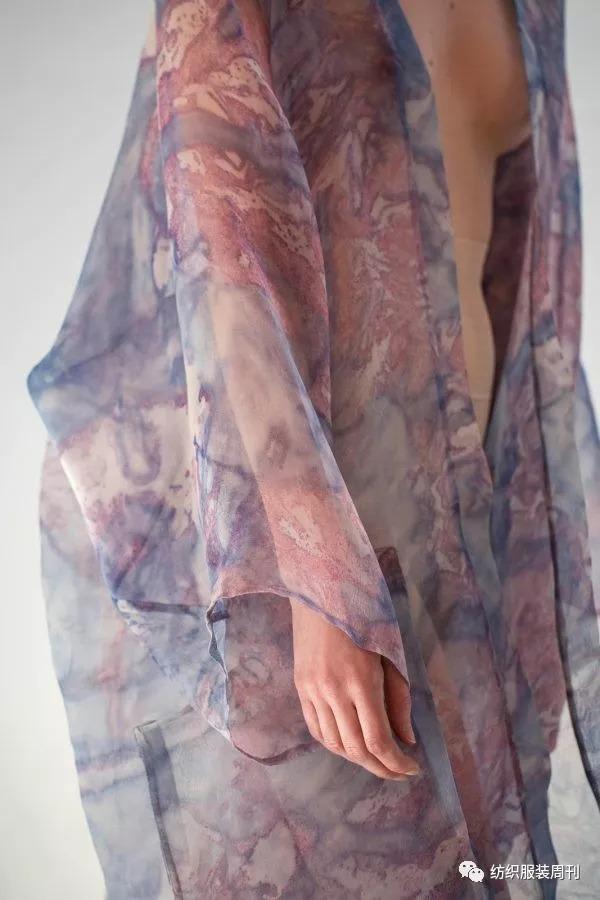
Natsai Audrey Chieza mentioned: “In the past century, fossil fuels have been the cornerstone of modern industry, which dominates the daily life of modern people. People’s lives are bound by such extremely high material resources, generating dependence, even to some extent. It defines our economy, culture and manufacturing methods.†Fossil fuel-based manufacturing is reshaping the planet, accelerating climate change, quality of life and the collapse of environmental resources and the loss of biodiversity. Therefore, Chieza believes that this is the result of the extreme lack of imagination of human beings under the control of a single material resource.
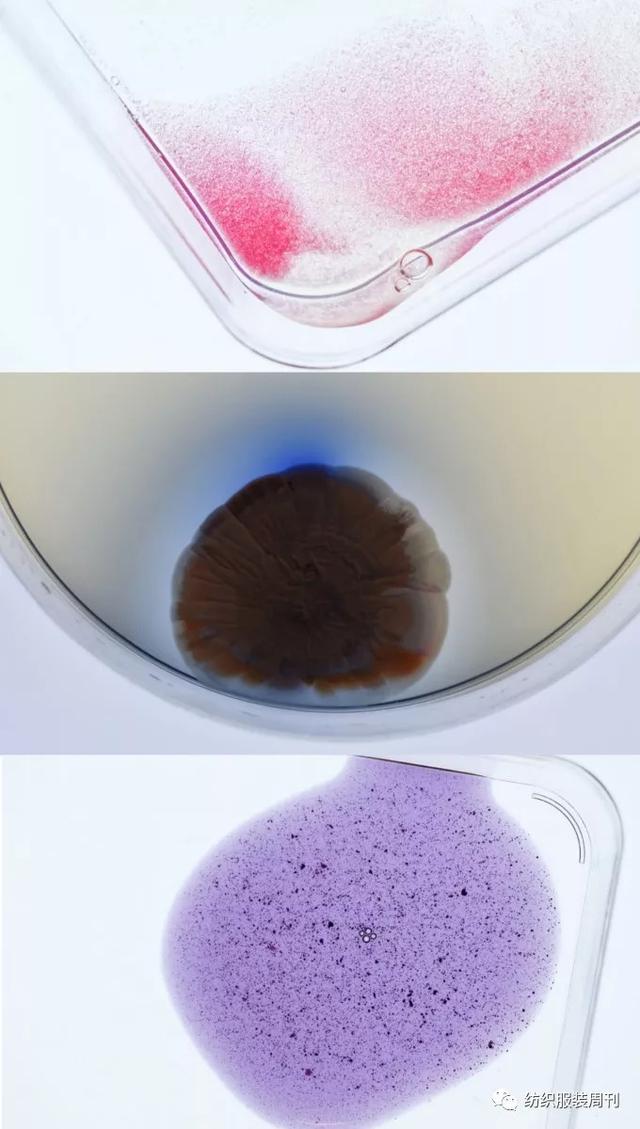
“Fossil fuels will give way to renewable energy one day.â€
Bacteria are the most common group of organisms in our lives and in the world. If bacteria can produce pigments, how can we use it to dye textiles? Can I print custom patterns to achieve a similar result to chemical printing? Natsai Audrey Chieza, a material designer, works for a biotech company called Ginkgo Bioworks in the United States. With these problems and ideas, she uses a combination of the biological extension platform and the textile dyeing method she designed to find a very A beautiful organism called Streptomyces coelicolor. This is a soil bacterium that co-exists with other organisms in the soil to decompose organic matter. Chieza describes it as “a power plant that synthesizes organic compoundsâ€, which produces an antibiotic called actin. This antibiotic and the pigment molecules produced by this strain can produce several brilliant colors, and the color development of blue, purple and pink will also vary depending on the acidity. This beautiful organism has successfully attracted Chieza's curiosity. She intends to "cooperate" with Streptomyces coelicolor. Combining organic matter with conventional design methods, trying to change and ease the printing industry's printing and dyeing process seems to be "inevitable". Pollution phenomenon.
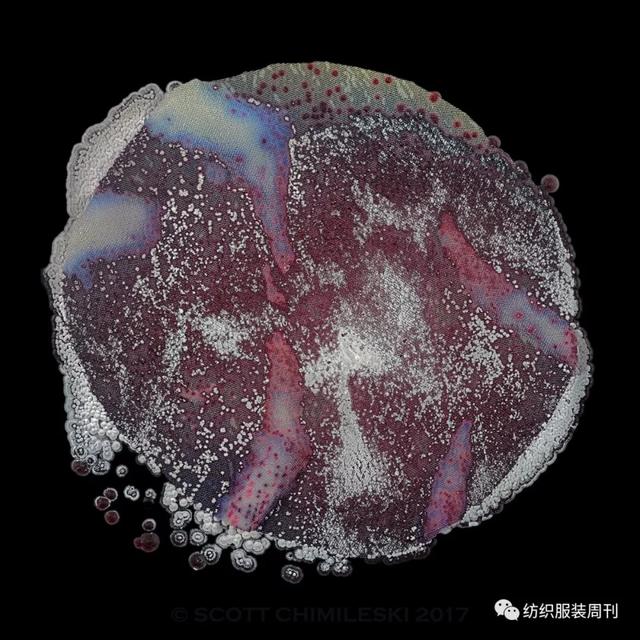
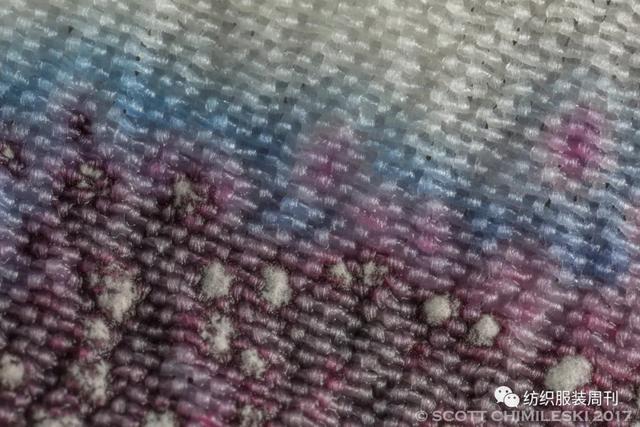
One of the most efficient and convenient ways Chieza found during the experiment was to culture Streptomyces coelicolor directly on the silk. As shown, each colony produces a pigment around its territory, and if enough cells are added to produce enough dye, the entire cloth can be dyed. The microbiology website in the United States has interviewed the experiment. In the experiment, Chieza will soak the fabric in the diluted culture of Streptomyces coelicolor and place it on the surface of the agar growth medium. After a few days of incubation, it will be on the whole plate. Colonies are formed. In the space between the top of the fabric and the fabric and the medium, as the colonies grow, millions of cells produce so much pigment that they can turn into red, pink, purple and blue on the garment. .
In addition, this way of adding bacteria directly to the silk for fermentation dyeing, only 200 ml of water can make the bacteria survive and print a T-shirt, without any chemical participation, resulting in a non-fading pigment. At the same time, she also designed a petri dish to print and order the custom pattern on the whole garment. Chieza is designed with a biological system. Once the baseline for the culture of Streptomyces is established, so that it can produce enough pigments consistently, this non-polluting and efficient resource can be applied to the production process in many design fields. Use them in a sexual way to produce organic patterns and evenly environmentally friendly dyeing.
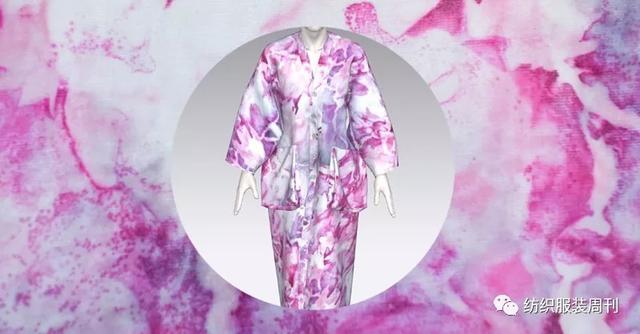
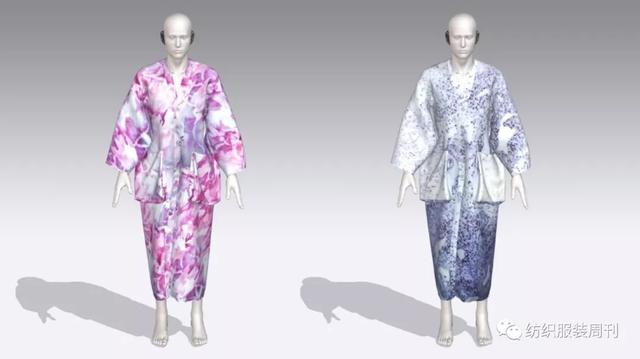
Designers who "invited" bacteria to work with their textiles were not just Chieza. Suzanne Lee used the Kombucha formula to grow clothes in 2011, using bacteria plus yeast, and adding some microbes to produce cellulose during the fermentation process. The "skin" grown from this cellulose produces a material that is light, thin, nearly transparent, and highly elastic. The material is enclosed in a three-dimensional (body or object) and the water is dehydrated, and the materials are joined together to form a seam. Just like a piece of grown clothes, how much is used, which can save the result of cutting and splicing. scrap.

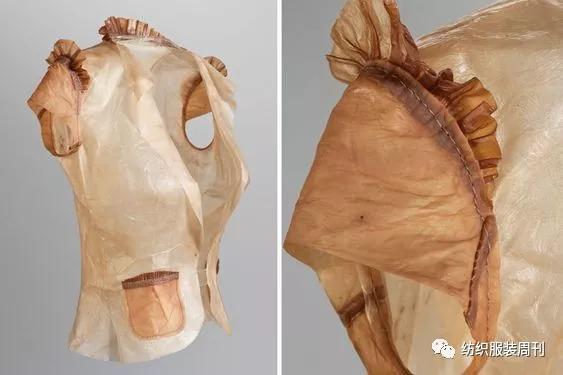
Cellulose is not only used for this purpose. Compared with traditional plant blue dyeing, cellulose can also achieve fast, high-fixing blue dyeing effect. It is extremely absorbent, when you choose the cotton cloth materials, such cellulose dyed with a mud or indigo can achieve 18 times Radix dip depth of color upon dyeing the textile surface further having antibacterial effect. These are the little surprises that natural materials and natural creatures bring to designers, and they also have great significance in energy conservation and environmental protection.
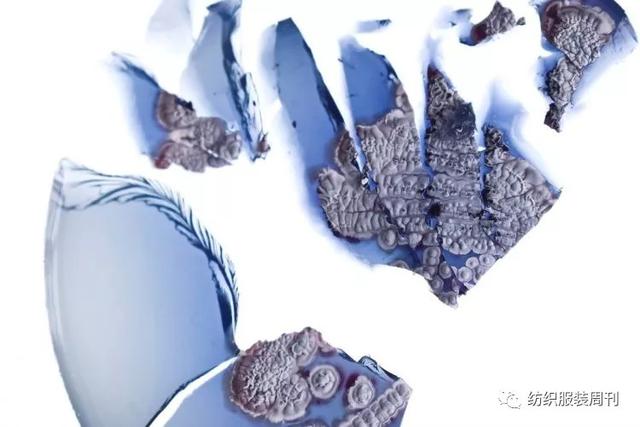
More and more designers with rich academic background and advanced vision are engaged in this field of biotechnology and textile materials to explore and work hard to establish a more complete biomaterial system. Therefore, there are countless kinds of imaginative and inspiring ways of manufacturing in nature, allowing people to design, experiment, and think in a bio- and nature-based industry. We are facing an ecological crisis, and these new material systems are providing the most fashionable and avant-garde way of life and design, so that the destructiveness of the oil era is no longer repeated. As Natsai Audrey Chieza said, “Biotechnology will touch every part of our life experience. It is alive, intelligent, and can be designed and produced. This is the material future we have to boldly shape. â€
Women's Blazer
A blazer is a jacket that resembles a full suit and is cut out of solid-colored fabric, the selected fabrics have clear texture, uniform texture and bright luster, soft and skin-friendly, and comfortable to wear. Plaids is also a popular fabric for Blazers. Blazer can be worn on both formal and casual occasions. With a glance at the high-class colors, there is a relaxed and good temperament in daily life. We can customize your own styles based on your tech pack,your original samples and pictures.
Click here: Men's Puffer Jacket , Men's Leather Jacket, Men's Baseball Jacket, Women's Baseball Jacket, Women's Sherpa Jacket, Women's Down Jacket are also our company's best-selling products. If you have any order requirements, please contact us!
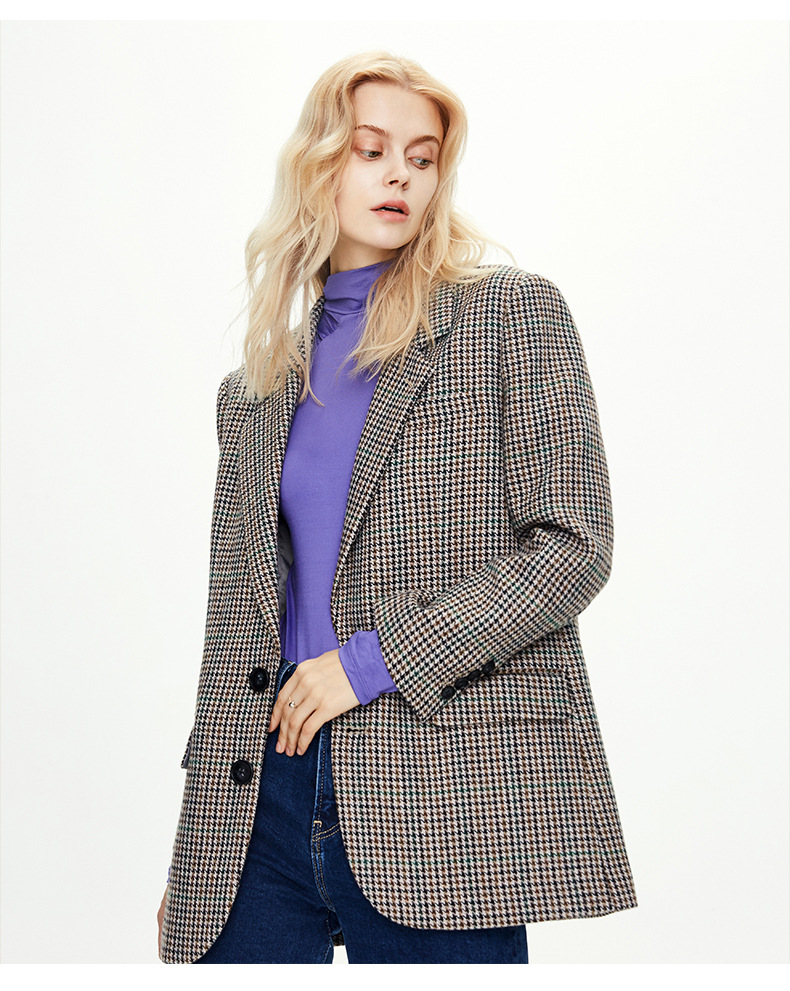
Women's Blazer,Ladies Blazer Suit,Ladies Plaid Blazer Suit,Ladies Vintage Plaid Blazer Suit
Dongguan City Theshow Garment Co., Ltd , https://www.theshowjacket.com